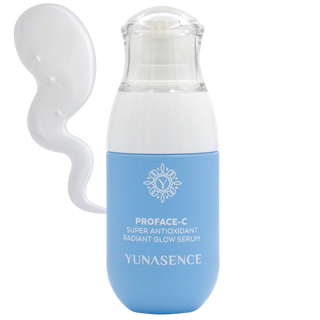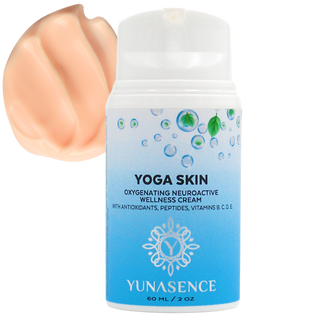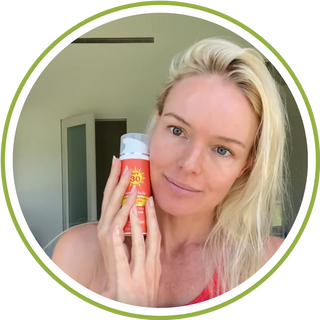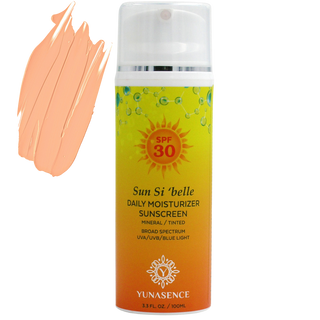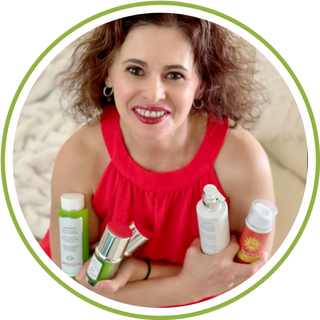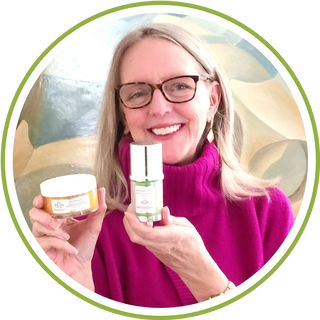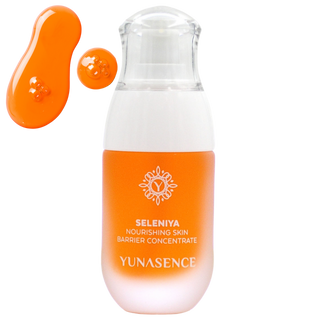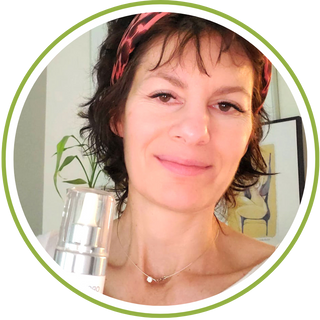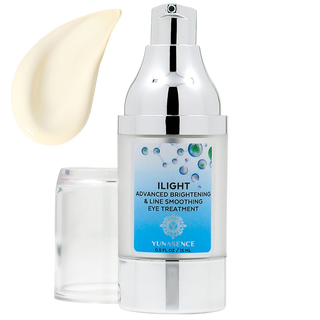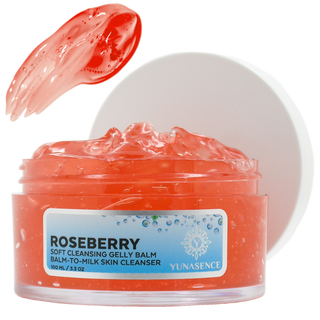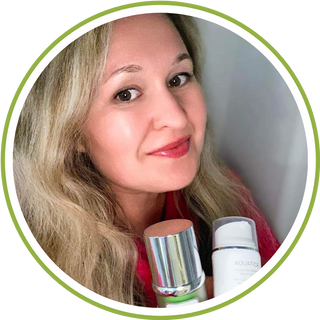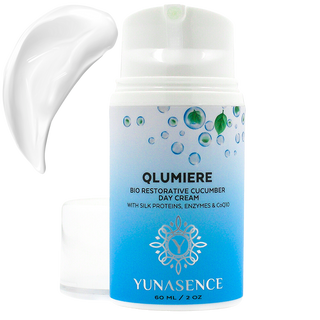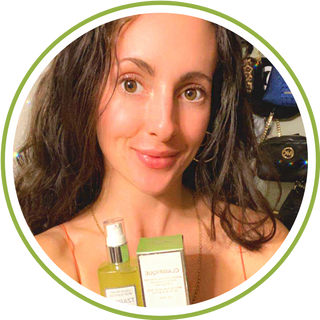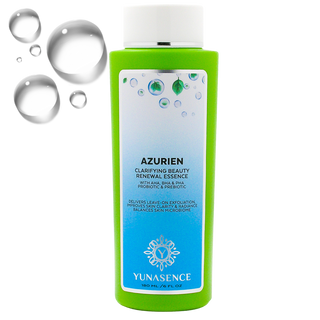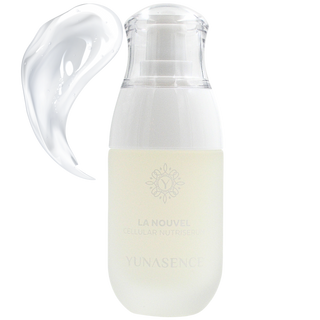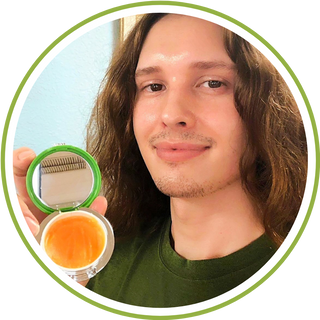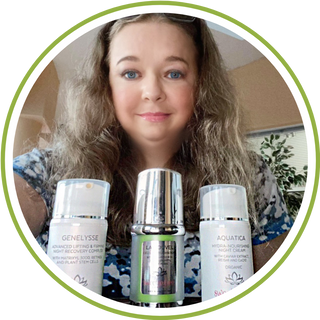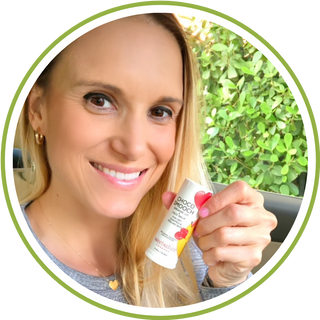If you’ve ever wondered what keeps your skin soft, supple, and protected from the world - meet your skin’s little bodyguards: ceramides. These are naturally occurring, waxy lipids (fats) that live in your skin’s outermost layer, the stratum corneum. Together with cholesterol and fatty acids, they form what’s called the lipid matrix - a kind of “mortar” that holds your skin cells together like bricks in a wall.
Their job? To lock moisture in and keep irritants, pollutants, and bacteria out. In fact, ceramides make up nearly half of your skin’s lipid structure. When your barrier is healthy and full of ceramides, your skin feels smooth, plump, and resilient. But when it’s low on them (thanks to age, harsh products, stress, or weather), that’s when you start seeing dryness, irritation, or sensitivity sneak in.
Let’s Decode the Alphabet Soup: Ceramide NP, AP, and EOP
Ceramides aren’t just one ingredient - they’re a whole family of molecules. You might see labels like Ceramide NP, AP, or EOP on your skincare, and while it sounds scientific, each type has a special role:
Ceramide NP – The hydration hero. This is the most common ceramide in your skin and the one most linked to restoring moisture and comfort.
Ceramide AP – The balancer. It supports your skin’s natural acid mantle (that slightly acidic layer that keeps bacteria in check) and helps strengthen the overall structure of your barrier.
Ceramide EOP – The anchor. Though it’s less abundant, it helps “tie” the lipid layers together, giving your skin barrier extra strength and stability.
Think of them as teammates - each one playing a slightly different position, but all working toward the same goal: a strong, hydrated, calm skin barrier.
The Formulation Challenge (Why Not All Ceramide Creams Are Equal)
Here’s a little behind-the-scenes truth from the formulation world: ceramides are tricky to work with. They’re thick, waxy, and can be stubborn to blend evenly into a formula. Just sprinkling them into a cream doesn’t guarantee they’ll actually do much for your skin.
That’s why it’s so important to look for formulas that use a proven delivery system, something that helps these molecules absorb and integrate into your skin’s natural lipid layers. One popular and well-researched option is Evonik’s SK-Influx, a blend that includes Ceramide NP, AP, and EOP, plus cholesterol and fatty acids to mimic the skin’s own composition. Studies have shown that at the right concentration, SK-Influx can boost hydration, strengthen mature skin, and even improve resilience against environmental stress.
So, Which Ceramide Is “The Best” after all?
If you’re just starting your ceramide journey, Ceramide NP is your safest and most effective go-to. It’s the most abundant in your skin, clinically backed, and known to reduce TEWL (transepidermal water loss) - that’s just a fancy way of saying it helps your skin hold onto moisture better.
But honestly, the real magic happens when you combine several ceramide types together with cholesterol and fatty acids - that’s what truly mimics your skin’s natural barrier. So instead of chasing one “hero” molecule, look for a formula that gives you the full team.
My Esthetician Takeaway
Ceramides are like therapy for your skin barrier. If your skin feels tight, sensitive, or flaky - don’t panic, it’s just asking for more lipids. Whether you’re using a rich ceramide cream, a lightweight emulsion, or a restorative overnight mask, consistency is key.
Your skin barrier isn’t built overnight, but with the right care and a little patience, those beautiful ceramides will help your skin find its calm, glow, and strength again.

